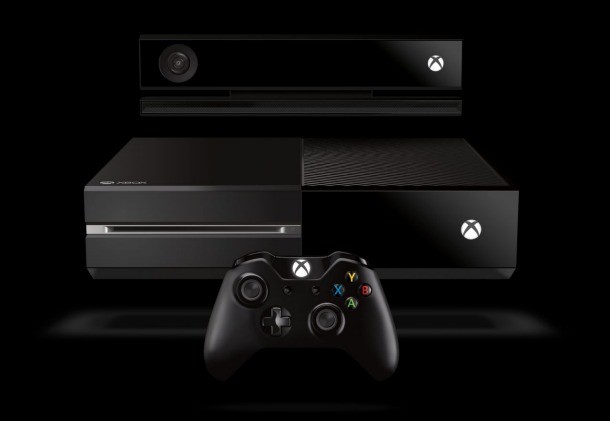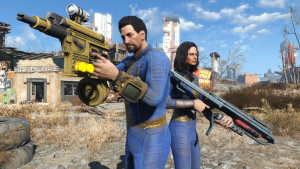Please support Game Informer. Print magazine subscriptions are less than $2 per issue
Don't Panic: The Gamer's Guide To The Xbox One Reveal

Sit down. Grab a paper bag. Breathe slow and deep. It's going to be ok. Yesterday's Xbox One reveal offered a lot of information about Microsoft's vision for next generation, but it also left us with a lot of questions. In less than one month, a lot of those holes are going to be filled in.
Here's what we do know. The Xbox One is designed to be a convergence device that brings together existing television service with games. Kinect 2.0 is critical to the system and will supposedly respond better to voice commands and track gestures with more precision. The idea is to create as seamless an experience across entertainment media.
Yesterday's presentation was about setting the tone for how Microsoft plans to take over the living room. It was about raw capabilities of the hardware, and from a multimedia, non-core gamer perspective, the execution can be considered a success.
We knew in advance we wouldn't be seeing a lot of games. The EA Sports presentation was only impressive in that we learned about the next generation Ignite engine. Quantum Break from Remedy evidenced new exclusive IP and was enough of a tease to garner interest for more information at E3. Call of Duty was on display for the strength of the time-limited exclusivity partnership and the contrast between current generation power and the capabilities of the new hardware. Every title we saw had a purpose for being on that stage, and that wasn't first and foremost to wow gamers.
Microsoft announced that it plans to release 15 exclusive titles in the first 12 months. That's an enormous number, especially if many strive for the core audience like Quantum Break and Ryse will. Had that been it, core gamers would have walked away underwhelmed, but interested in hearing more at E3.
But Microsoft made a significant mistake, failing to keep key personnel on message. In interviews, executives each had different answers to straightforward questions. Conflicting reports bounced back and forth among outlets on two key issues: secondhand games and the Xbox One's connectivity needs. Every time a new comment was made, PR had to sweep up.
Yesterday's tone became about Microsoft's lack of clarity instead of the potential of the hardware. It shifted from excitement about E3's pending game reveals to angst about ownership of those inevitable purchases. The "always online" controversy should have been put to bed once and for all (or at least avoided), and instead it was brought back to the surface. In short, it was a PR stumble that marred the presentation.
Thankfully for Microsoft, E3 is less than three weeks away. The Xbox One will take the stage first on Monday, June 10, and we've been promised that the presentation is heavily weighted toward games (which will mark a nice change from the past three years). Microsoft has 18 days to decide how it wants to explain software ownership, the secondary market, which functions (if any) require Xbox Live "check ins," and how frequently users need to connect.
All is not lost, and anyone who believes it is after just this first bit of information is selling Microsoft's market dominance here in the United States very short. News coming out of E3 is going to fill in the picture for all three platform holders. Let's take a deep breath and give it three weeks before we pronounce anyone dead.










